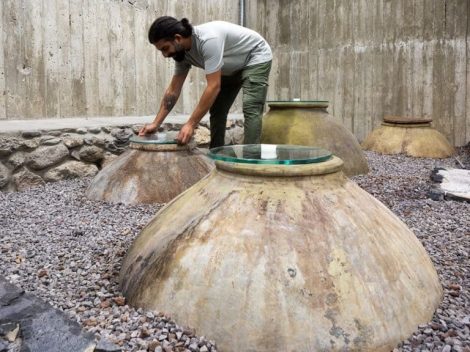History of food gelatin
Originally cooks used a broth of bones that was concentrated and cooled, resulting in a thick gelatinous mass and used in the Middle East as glue for skins. Today, food gelatin - also called isinglass - comes in the form of dried sheets that need to be soaked in water and added to sweet or savoury preparations to create puddings, spoon desserts and give consistency to foods. But before arriving at the current commercial version, there were several culinary experiments and not just to obtain thickeners. In ancient Egypt, for example, a sort of jelly obtained from cooking meat was used to make ornamental tomb paintings; while starting from the second century AD it also starts being used in the kitchen, where it is initially considered a luxury item, and is in fact omnipresent in the Renaissance recipe books of the aristocrat classes.
How food gelatin is made
Over time food gelatin became a product within everyone's reach, so much so as to represent one of the main stocks during the Napoleonic wars of the 19th century and during the Algerian war of 1830, because of its protein-rich nature. To obtain it, in fact, animal collagen is needed, in particular connective tissue and the bones of pigs, cattle and, in the past, also fish. The name isinglass derives from an ancient procedure originating in Russia, where the gelatin was produced starting from the swim bladder of the sturgeon (fish famous for its eggs, which give life to the famous caviar), which is dried, but it is a practice that is no longer in use. The gelatins on the market today are mainly produced from pork rind, together with bones and cartilage, including from cattle. The sheets are transparent, odourless and tasteless: their only valuable function is to thicken.
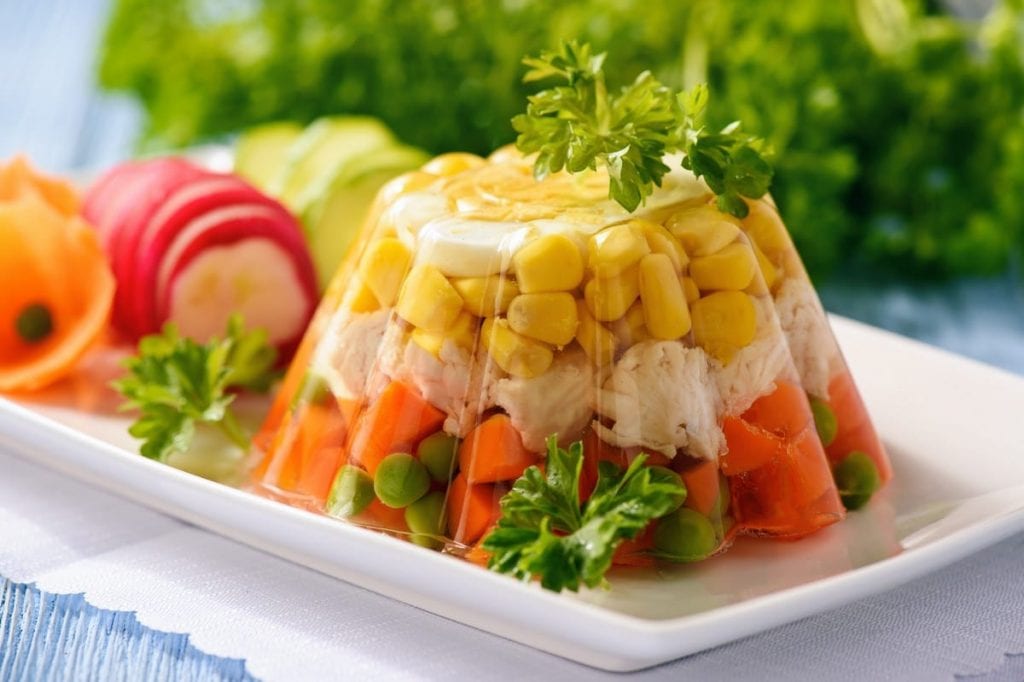
Aspic, symbol of the Eighties
Among the most famous gelatin-based preparations, aspic stands out, a term that indicates a cold dish consisting of meat, fish or vegetables enclosed in a gelatin casing, and which in French means "asp" (the name is probably linked to shape of the molds of the past, reminiscent of a coiled snake) The official inventor of the recipe is Napoleon's chef, Marie-Antoine Carême, who listed it among the chaud-froids (literally “hot-cold”), preparations cooked hot but served cold. Spectacular and eye-catching, aspic was also one of the cult dishes of the 80s and early 90s, even in the sweet fruit variant. Preparing it is simple, you just need a little patience and wait for the gelatin to set: the strong point of the dish is the transparency that allows you to see the ingredients in it and thus allowing to create colourful and original effects.
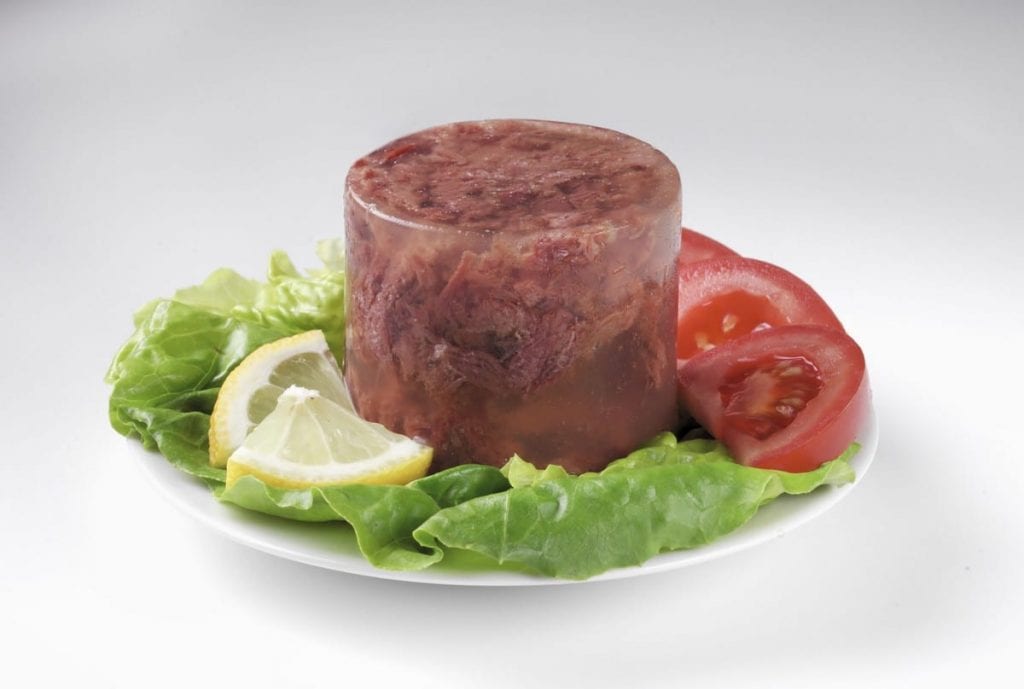
Canned meat with gelatin
Another key product that uses gelatin is canned meat. The first experiments date back to the early 19th century, following the studies of Nicolas Appert, inventor of sterilization in canning and vacuum packing, but it was only in 1876 that the trade in canned meat began in Argentina thanks to the invention of the can opener. In Italy it was Colonel Don Ettore Chiarizia who patented it in 1929 for the army, even though before him Giuseppe Lancia had already made special packages for the Piedmontese troops during the Crimean War. The symbolic brand of meat in gelatin is Simmenthal, founded in 1881 by the restaurateur Pietro Sada, followed by his son Gino Alfonso who at the beginning of the 20th century started industrial production.
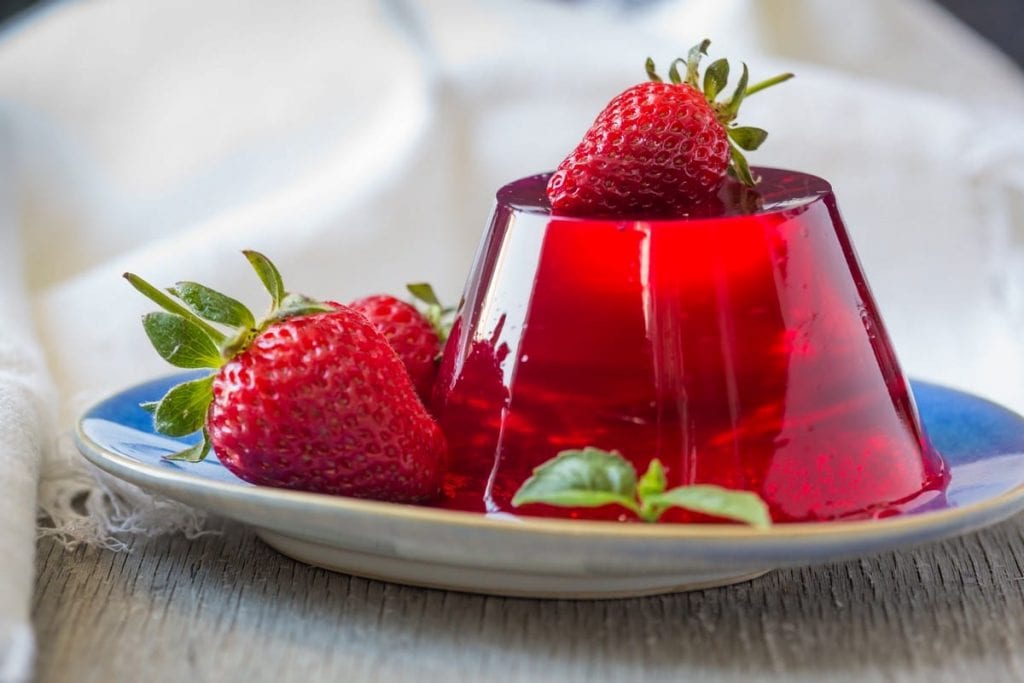
Jelly, English food gelatin
Gelatin is also widely used in the United Kingdom, where it is known by the name of jelly, not to be confused with the same American term, which in the United States indicates fruit jam. The strawberry coloured one is the typical snack of English children: generally you buy a commercial version, a block of concentrated gelatin to be diluted with hot water and eaten with a ùspoon along with a cup of tea, but you can also make it at home from scratch, starting with fruit, water, sugar and gelatin. The jelly is also the base for many typical sweets, such as trifle, dessert with a Baroque appearance traditionally composed of several layers of sponge cake soaked in Sherry or other fortified wines, custard, whipped cream and fruit (according to many, it was the inspiration for the Italian "zuppa inglese"), but which today is more commonly made with strawberry jelly placed between one layer and another of sponge and cream. Then there is jelly in jaffa cakes, soft cakes filled with orange jelly and covered with chocolate, now also available in many commercial variants.
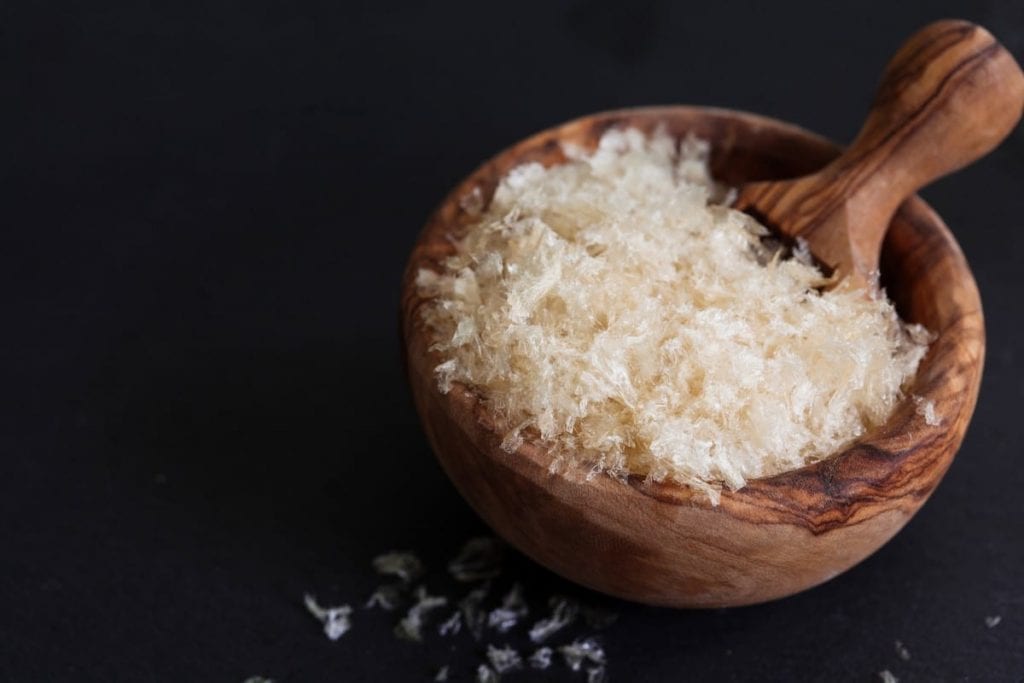
Vegetable options, ranging from agar agar to pectin
For those who follow a vegetarian or vegan regimen, there is no shortage of thickening alternatives without animal products. For example, agar agar, a product with a high mucilage and carrageenan content is a gelatinous substance, obtained from red algae and rich in minerals. It is sold in bars, flakes or powder, and to use it, just dilute about 5 grams in 1 liter of water. It takes about an hour to set at room temperature and, just like isinglass, it is odourless and tasteless. Then there is xanthan gum, obtained from the fermentation of a carbohydrate and present in the form of a powder, that's dissolved in water and used as an additive and thickener. Furthermore, guar gum, obtained from the seeds of the leguminous plant by the same name typical of India and Pakistan; and pectin, a compound extracted from fruit and used mainly in the preparation of jams and marmalades.
Wild strawberry aspic recipe
350 g wild strawberries
100 g sugar
150 g Port
350 g water
6 g isinglass in sheets
1 vanilla pod
Lemon rind
Prep time: 10 minutes + 6 hours of cooling. Soak the gelatin sheets in cold water. Put the sugar in a saucepan with 300 g of water, two lemon rind petals and the vanilla pod divided in two lengthwise. Boil for a few minutes then remove the syrup from the heat, add the well-wrung out gelatin and stir until completely dissolved and well distributed. Let it cool then strain the syrup and add the Port. Fill 4 small moulds with the strawberries and pour in the cold but still liquid gelatin. Let it harden in the refrigerator (absolutely not in the freezer) for at least 6 hours. When ready to serve, dip the molds for a moment in boiling water, dry them and turn them on the plates. You can complete the dessert with a scoop of strawberry gelato.
by Michela Becchi

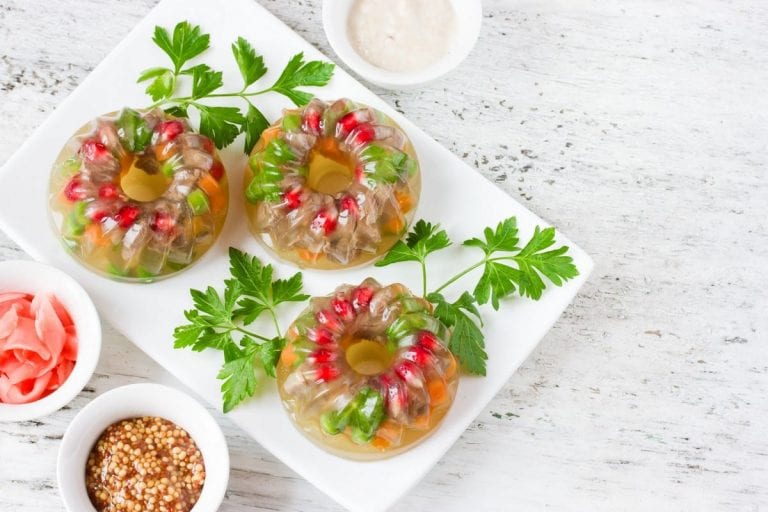
 The great Bordeaux exodus of Chinese entrepreneurs: around fifty Châteaux up for sale
The great Bordeaux exodus of Chinese entrepreneurs: around fifty Châteaux up for sale Dubai speaks Italian: a journey through the Emirate's best Italian restaurants
Dubai speaks Italian: a journey through the Emirate's best Italian restaurants In France, over a thousand winegrowers have decided to abandon wine production
In France, over a thousand winegrowers have decided to abandon wine production In Miami, a Restaurant Hired a Pair of Grandparents to Hand-Make Tortellini: The Story of Torno Subito
In Miami, a Restaurant Hired a Pair of Grandparents to Hand-Make Tortellini: The Story of Torno Subito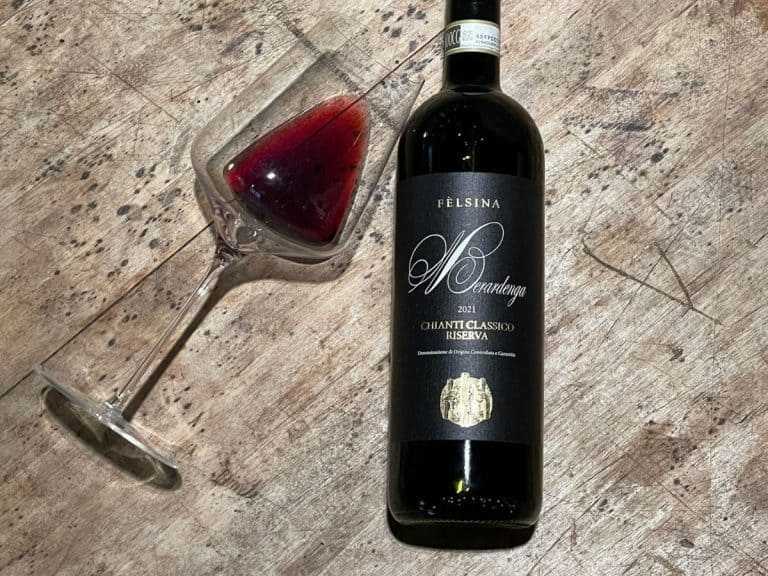 Wine Spectator’s Tuscan focus: All the Italian labels featured in the Top 100
Wine Spectator’s Tuscan focus: All the Italian labels featured in the Top 100


